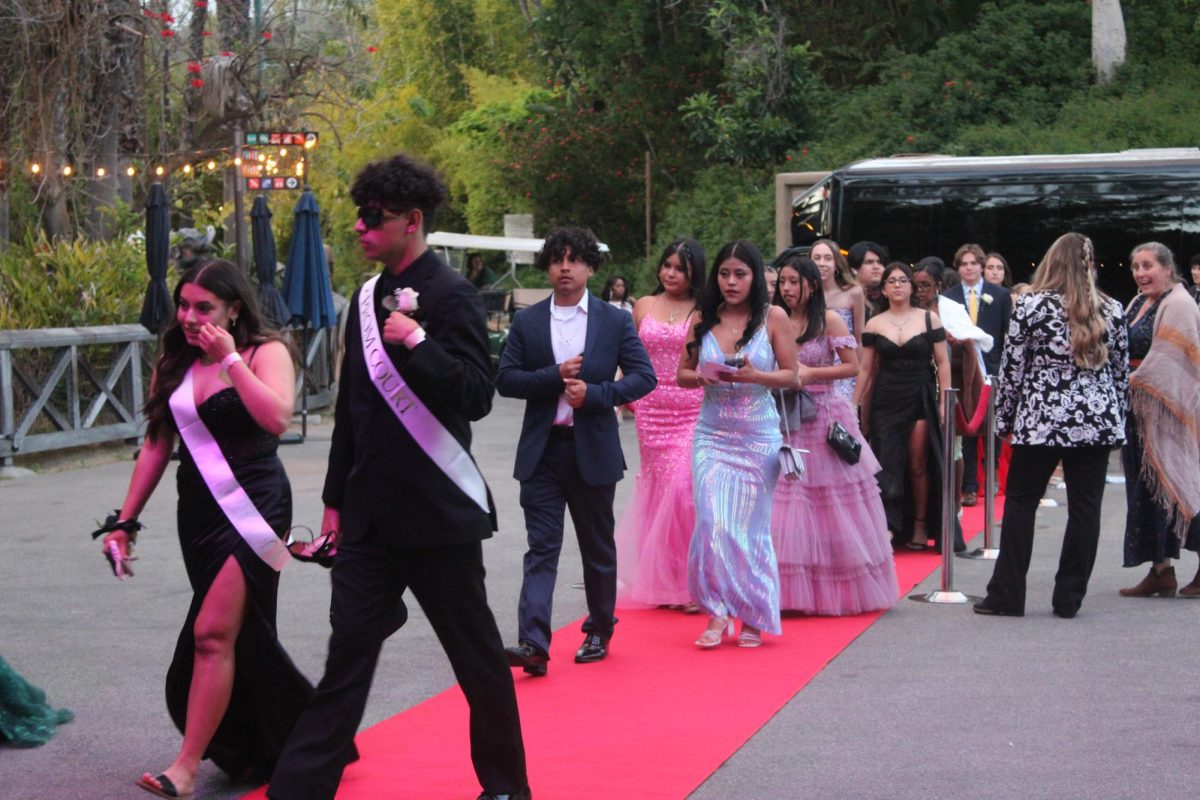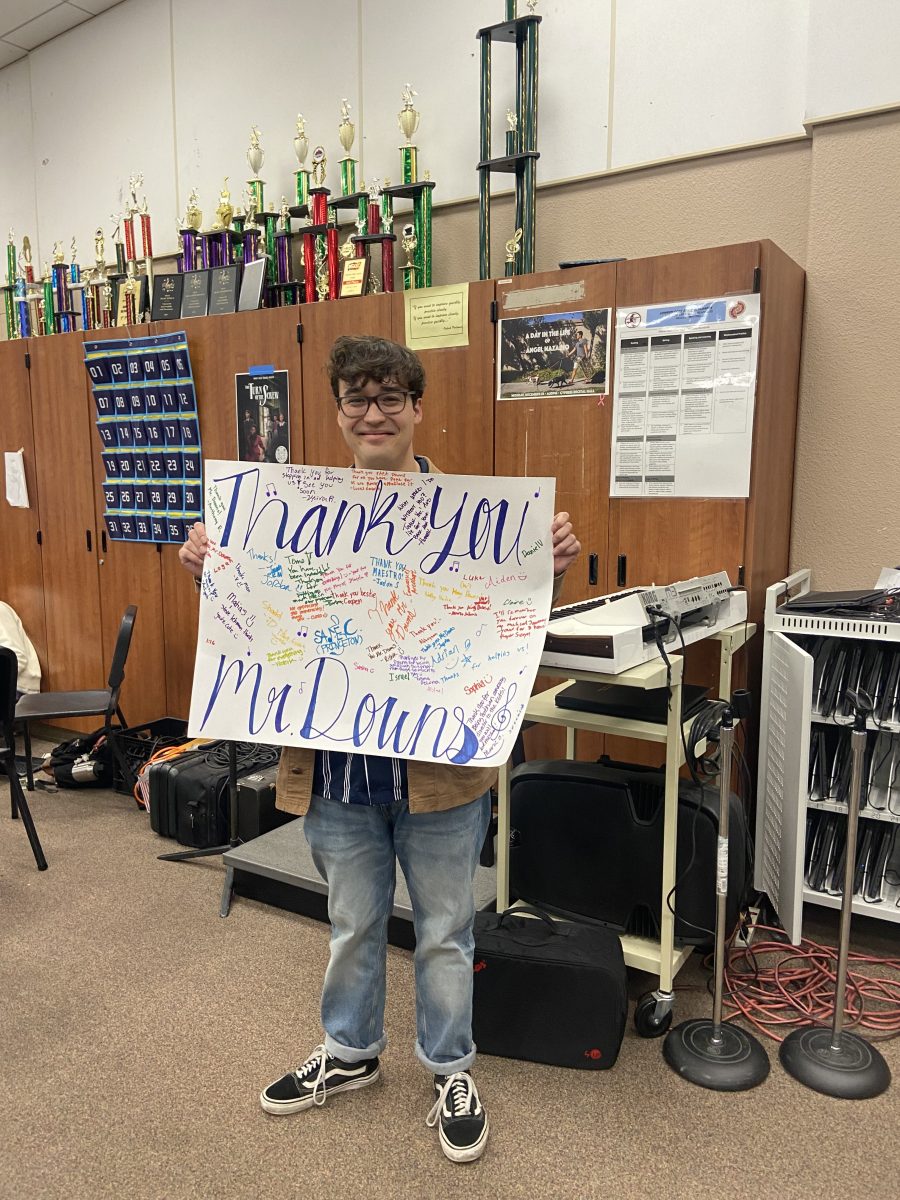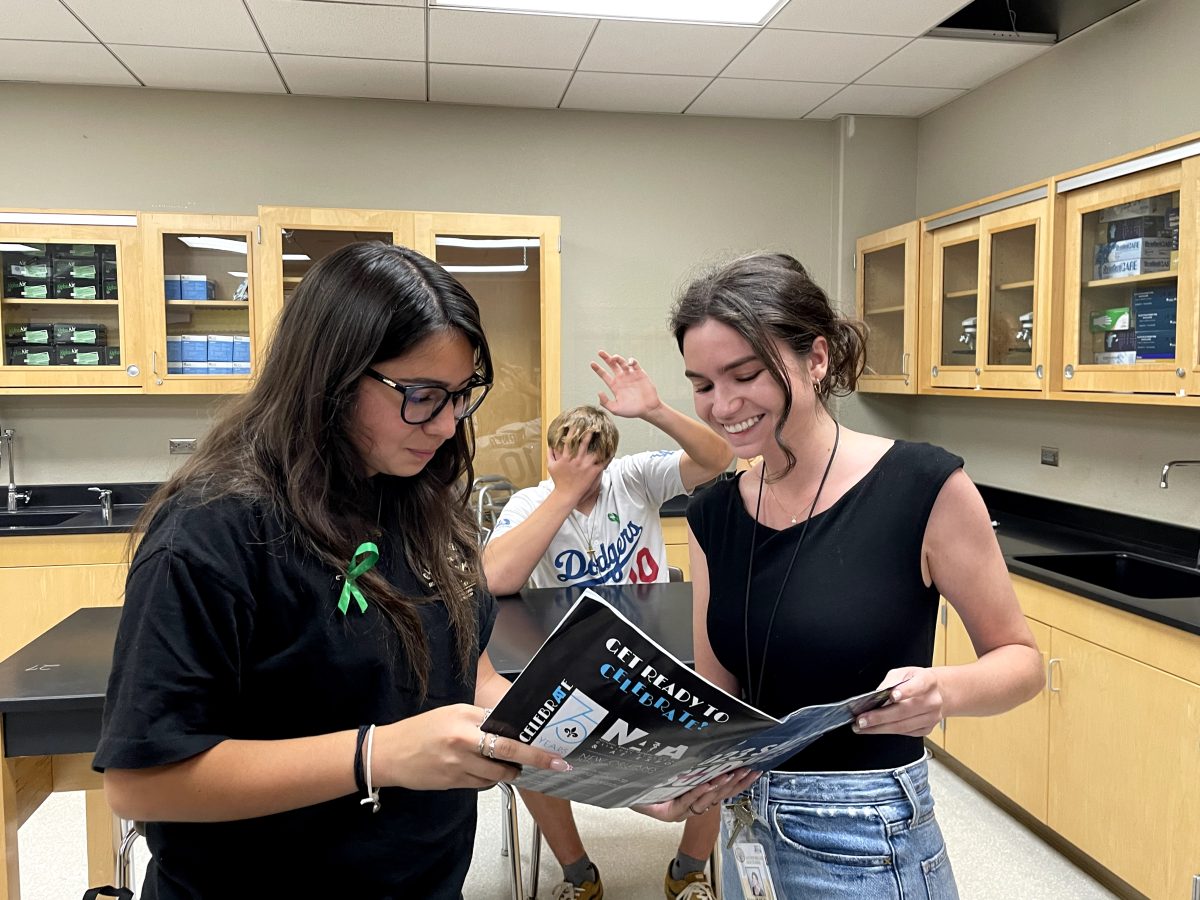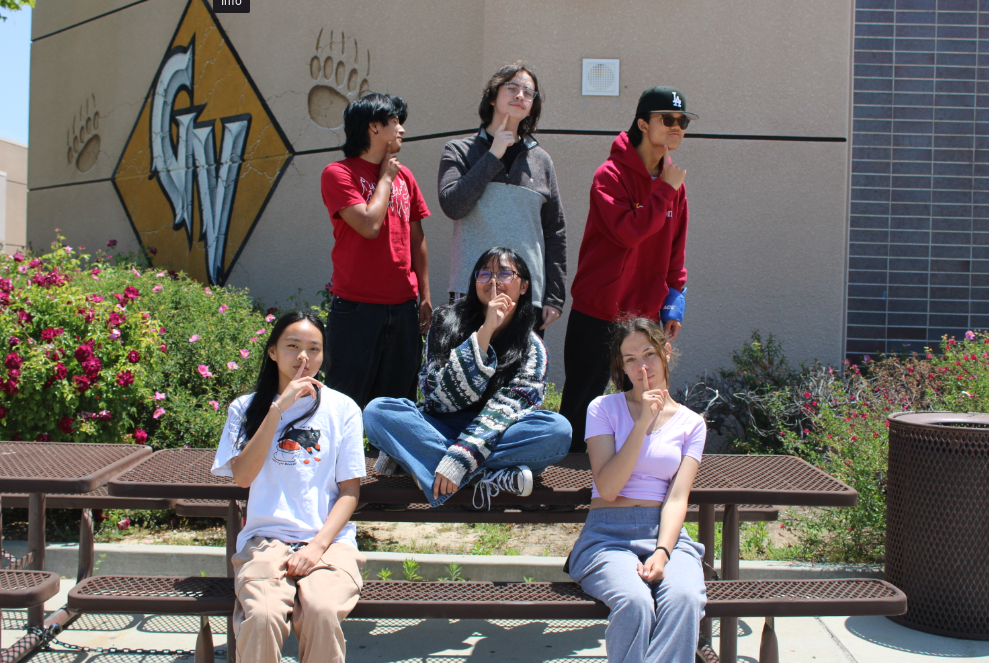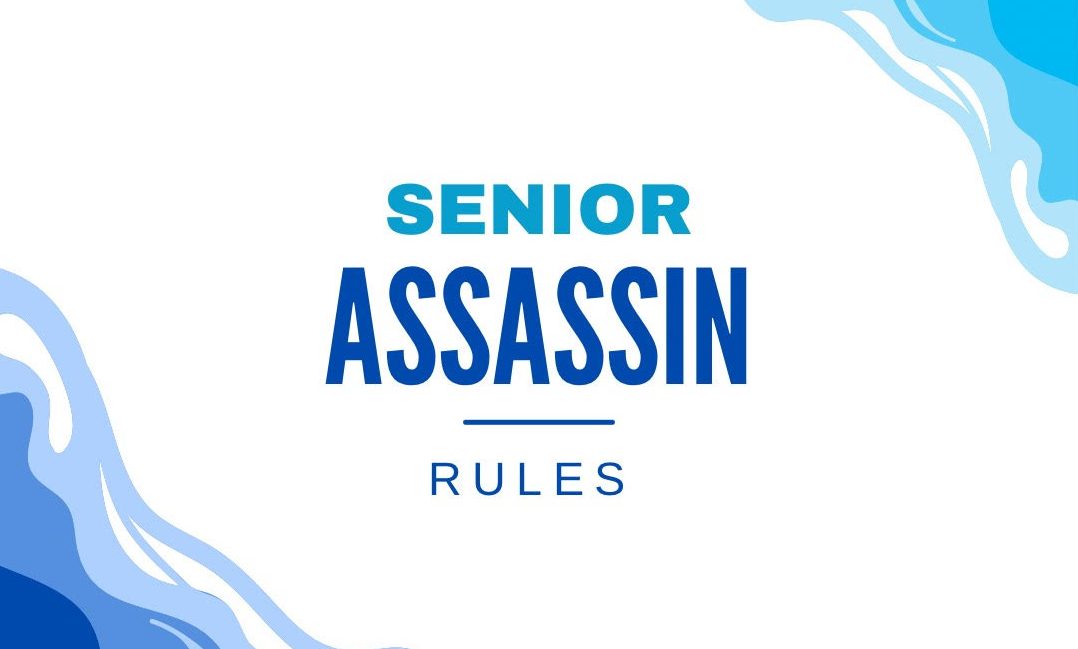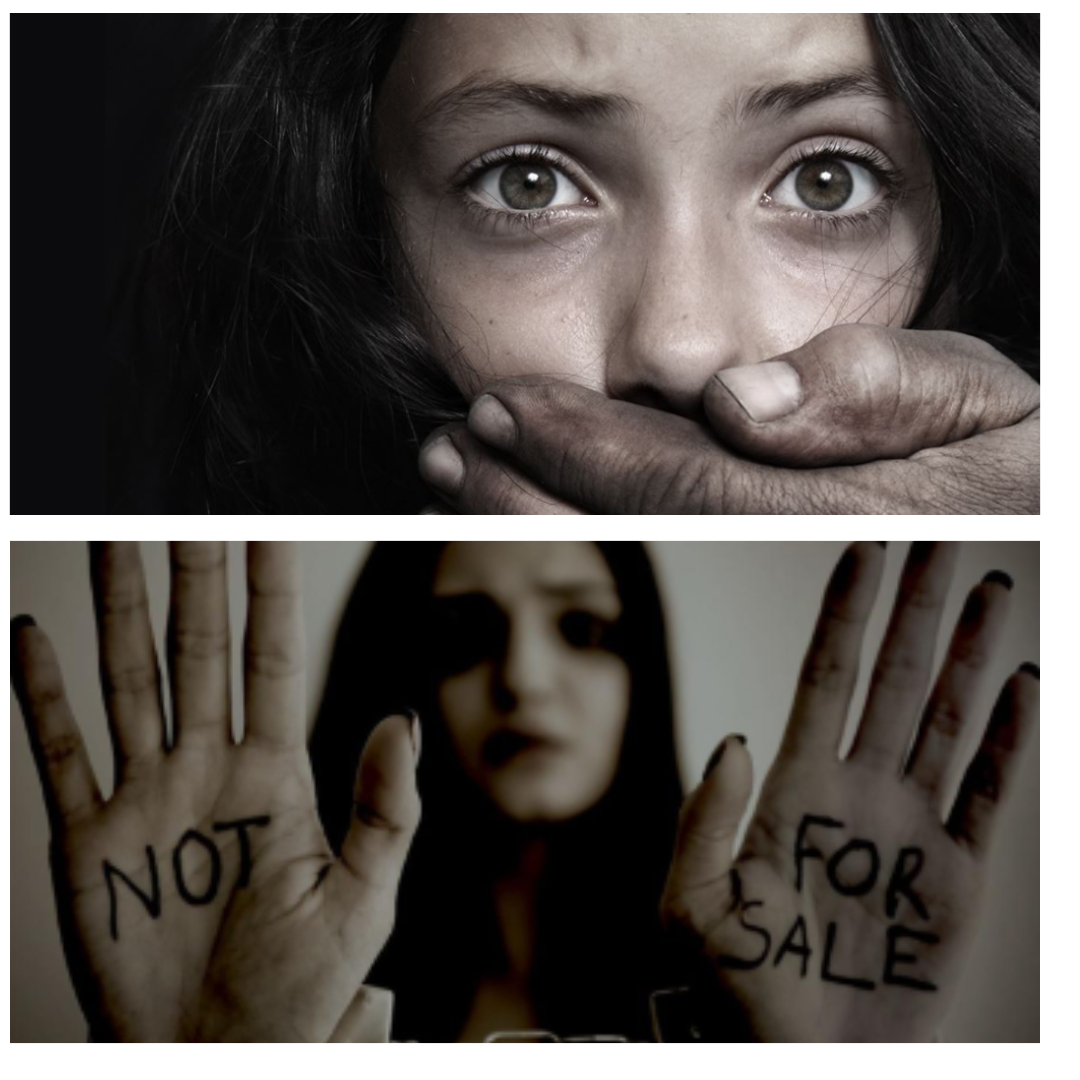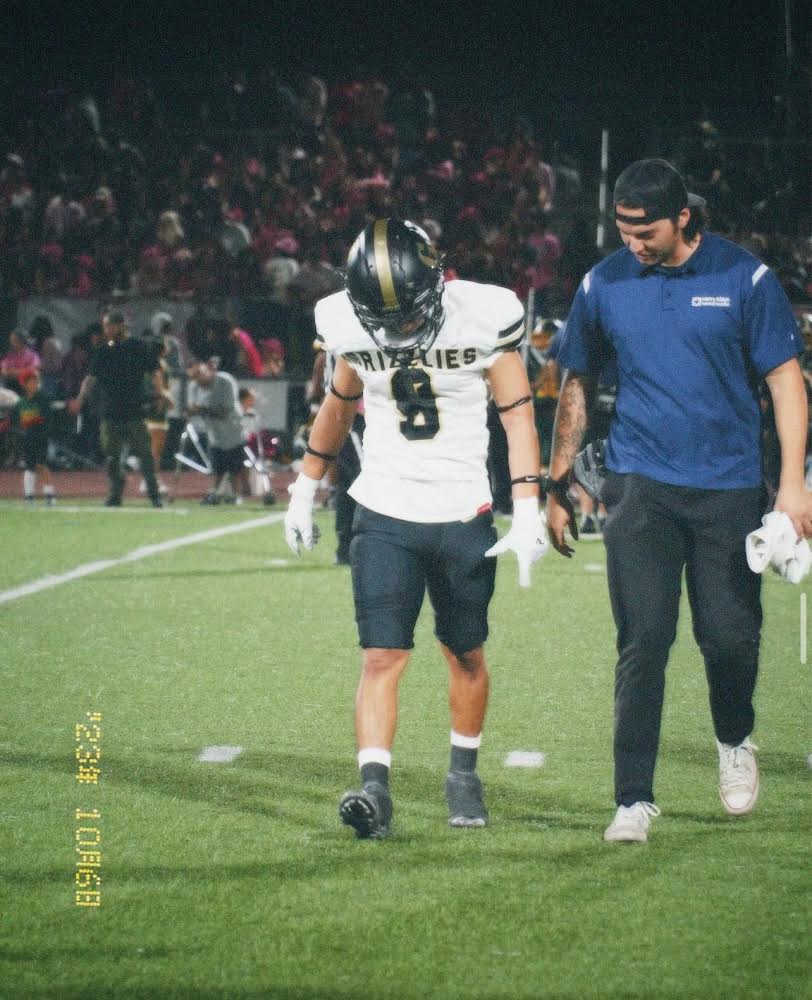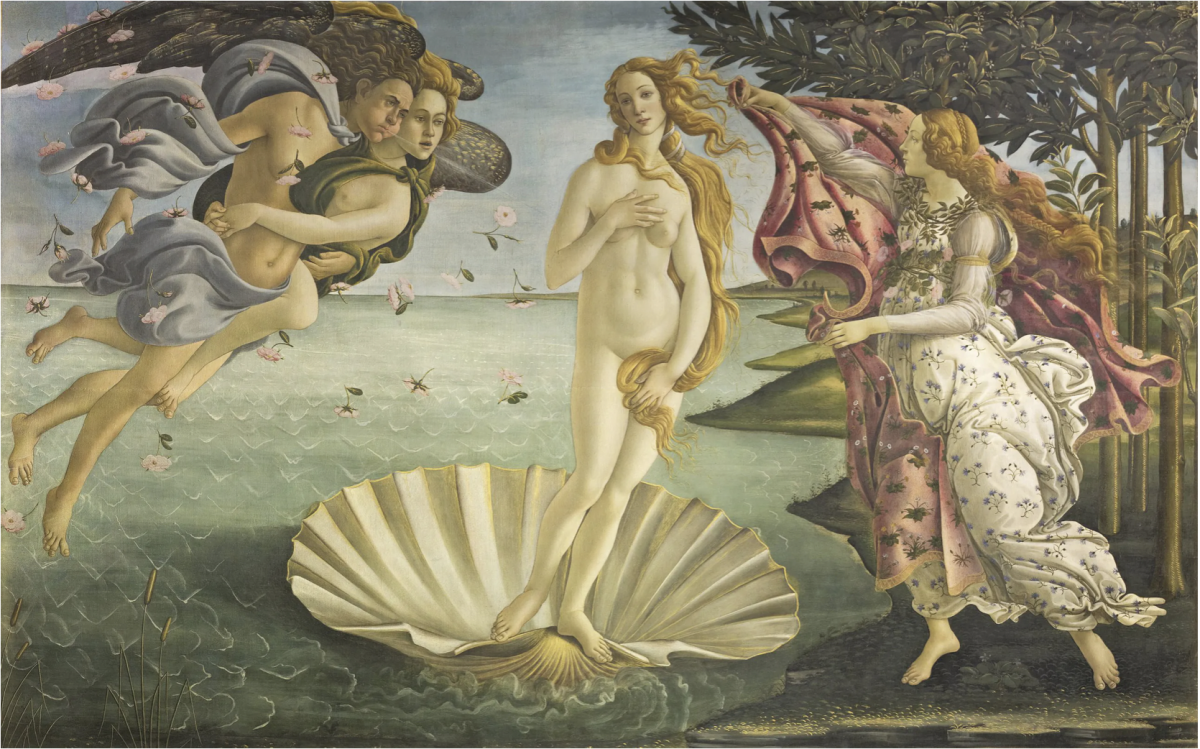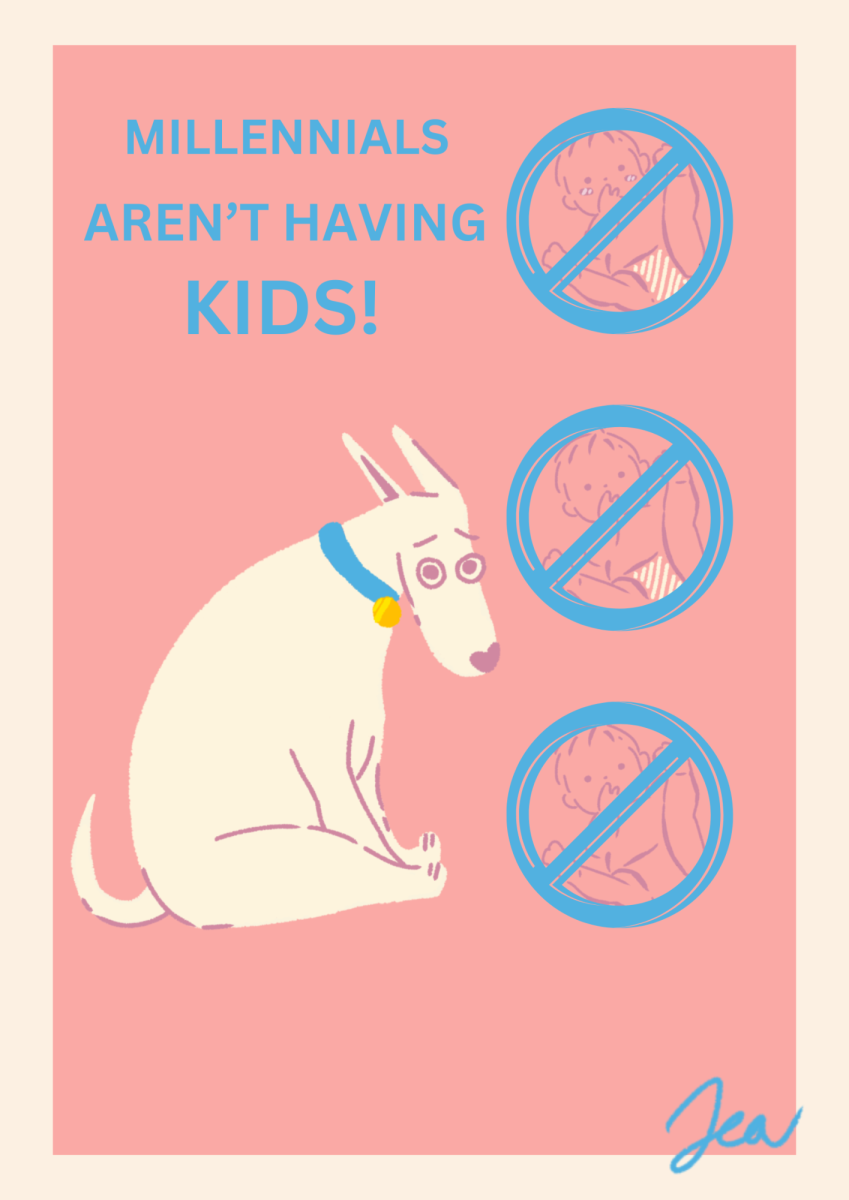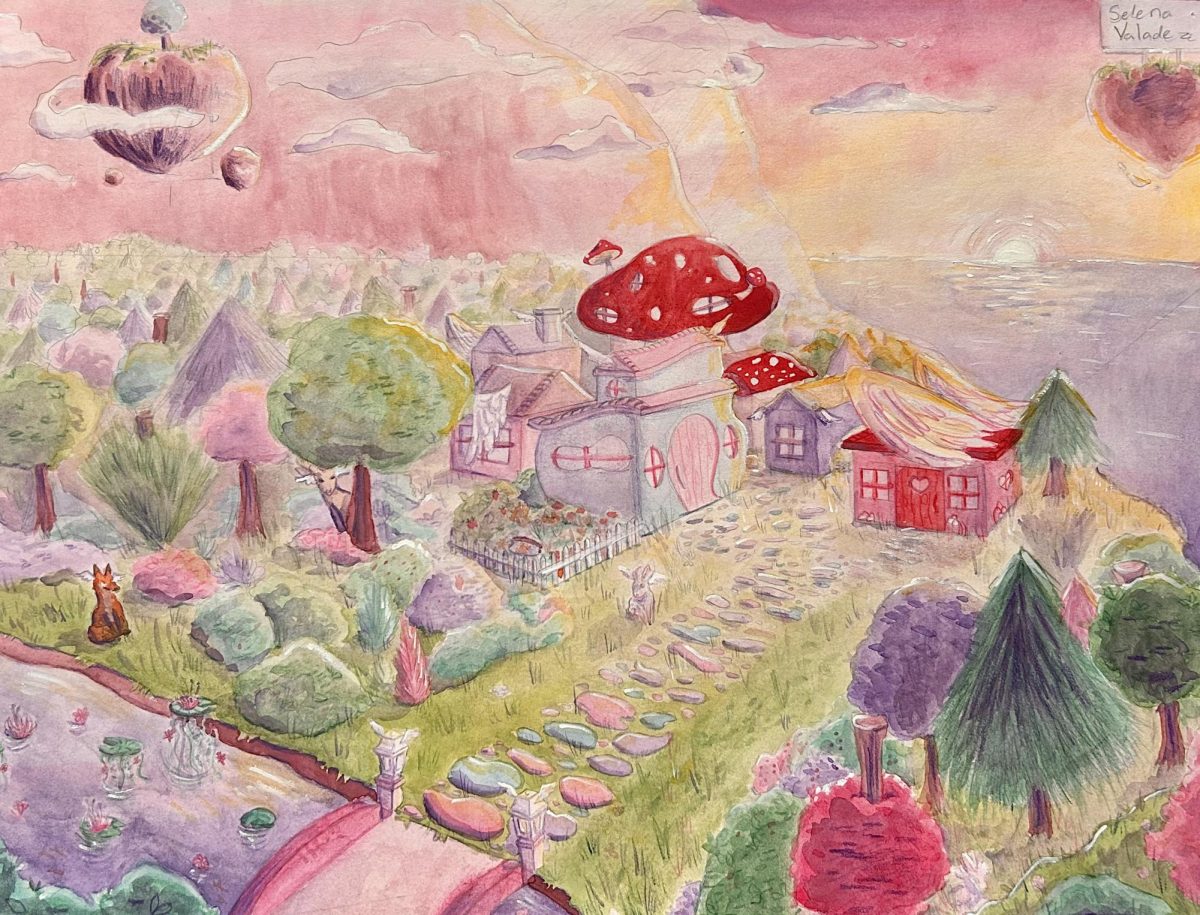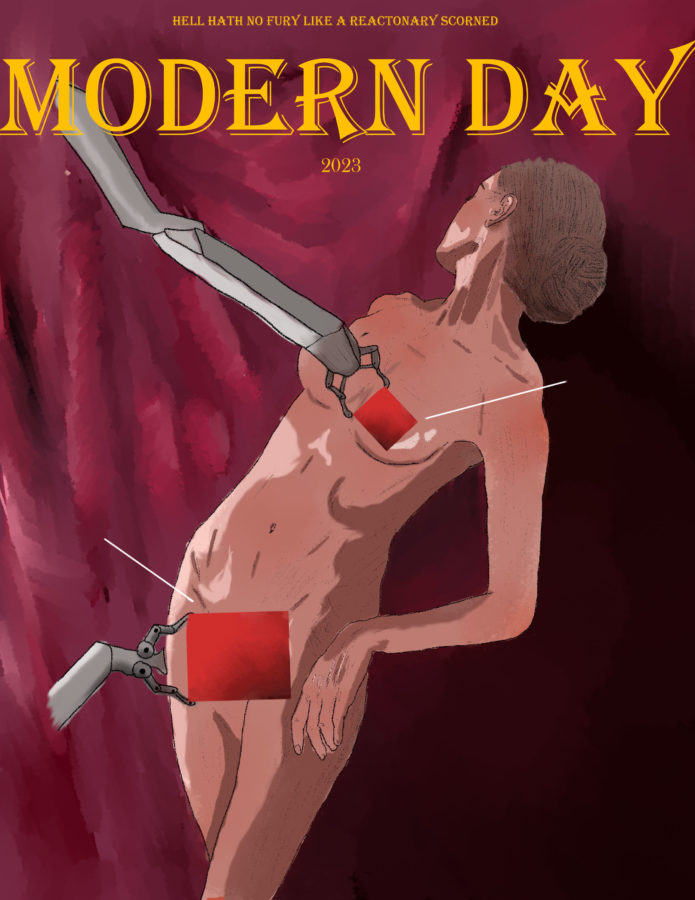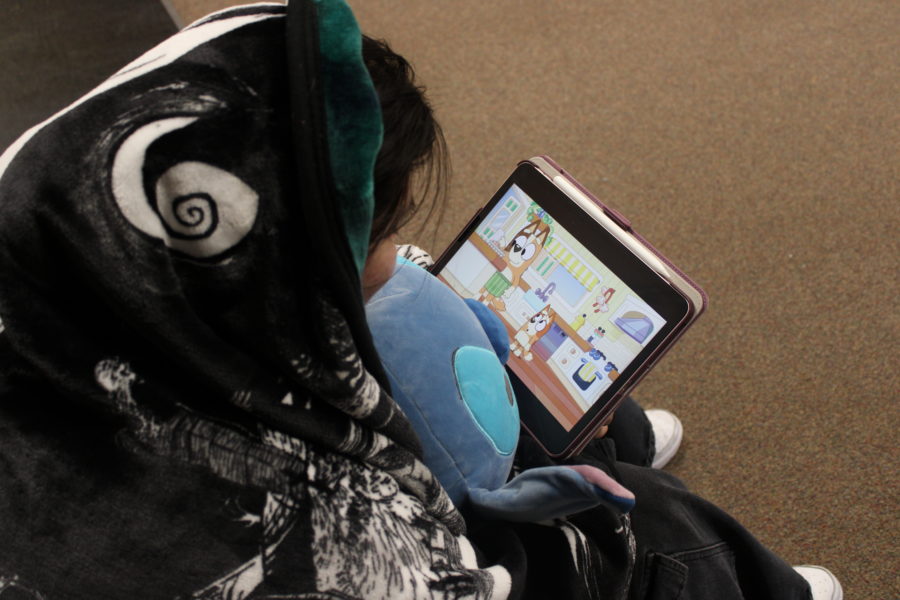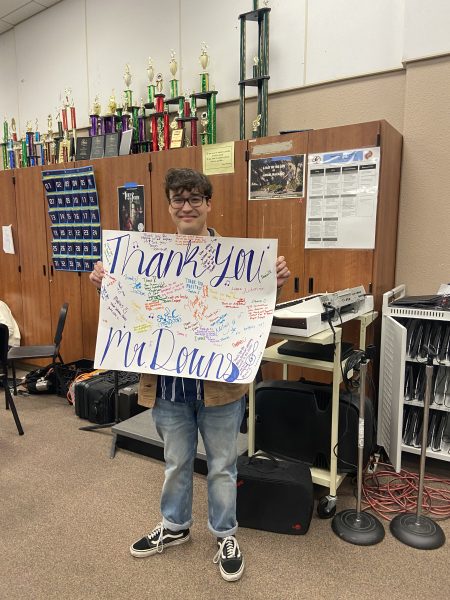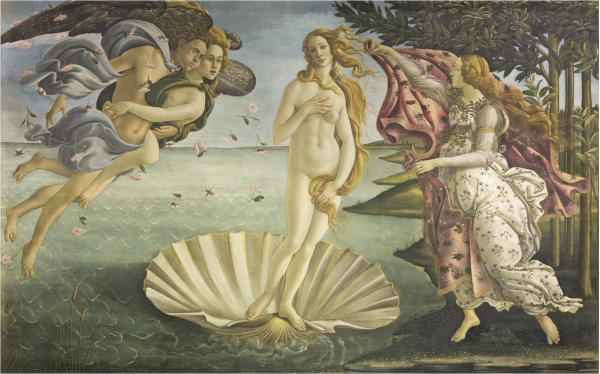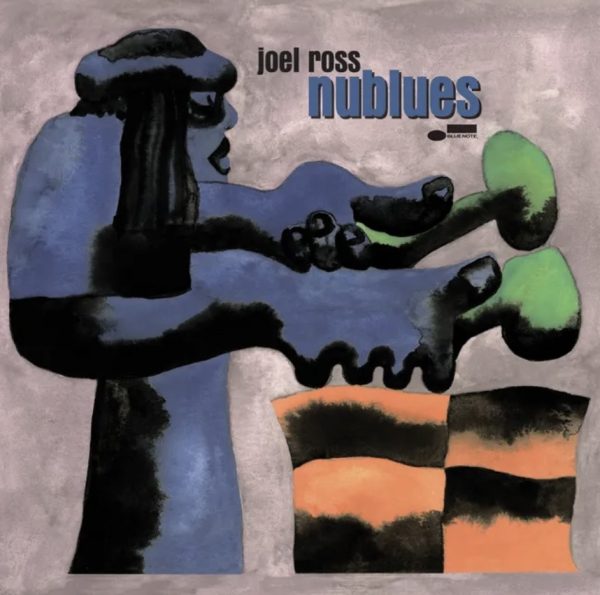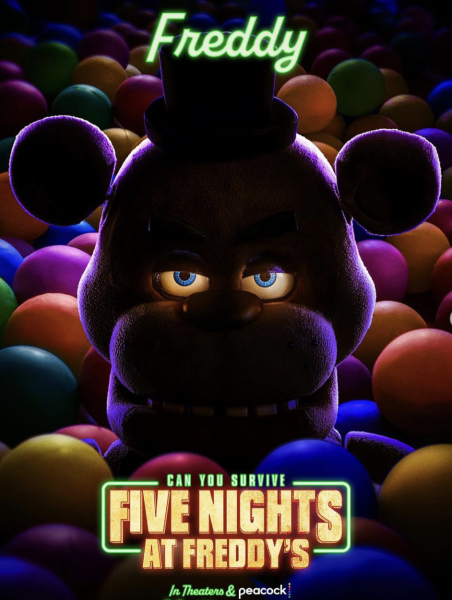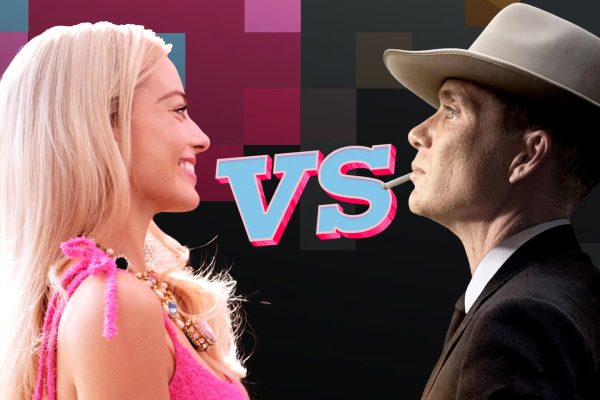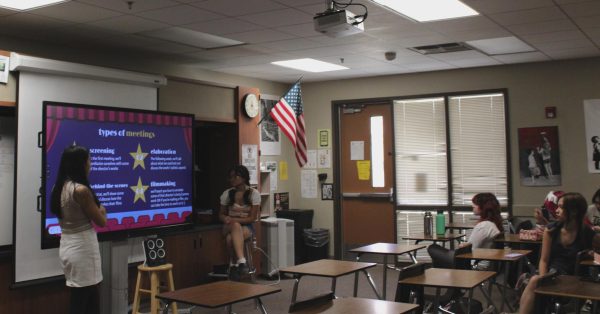Teens New Comfort: Kids Cartoons
At a point of time in everyone’s life, everyone will tend to fall back into the safety net of their childhood. From eating their favorite childhood foods, to playing games, and even watching children cartoons, whether they are old or new.
In the past few years, teenagers have been obsessed with shows such as Bluey, Miraculous: Tales of Ladybug and Cat Noir, The Owl House, Steven Universe and so much more. They tend to find comfort in the simplistic plot, silly characters, and other characteristics of these shows.
Teens and adults watching shows that are intended for kids is not a bad thing, rather it is more common than most people believe. In an article published by Alight Thoughts, “The psychology of cartoons & The benefits of Watching Cartoons For Adults,” share the statistics and benefits of watching cartoons at an older age. Watching cartoons benefit teens in so many ways such as escaping from reality, childhood trauma, anxiety, and even for educational purposes.
Teenagers and young adults who suffer from mental illnesses just desire a quick escape. Therefore, teenagers often go back to their childhood shows. Teens can feel a sense of relief due to them knowing what is going to happen next.
Going deeper into the psychology of teens and watching tv shows, Mrs. Rojas, psychology and history teacher at Golden Valley, suggested that teens want to remember the good times.
“Holding onto their youth and memories as a child and what those shows bring back. Which most likely are good memories. An attachment to their childhood,” Mrs. Rojas explained.
Children’s shows always end with a happy, full-circle ending. Cartoons do have conflicts but their conflicts are easily resolved and everything turns out okay. In shows targeted towards adults, conflicts are complex and can have a huge effect on plots. However, people with anxiety usually don’t adapt well to change and need reassurance that everything is going to be okay.
Emma Champigny, a senior at Golden Valley expressed, “I find comfort shows, such as Steven Universe. I always watch my favorite parts of an episode.”
Not everyone goes back to childhood shows of their time though. Gen Z can be observed watching new children shows made for Generation Alpha. Gen Z has started to watch recent shows such as, Bluey, Miraculous: Tales of Ladybug and Cat Noir, and movies such as Encanto and, Turning Red.
Long term Golden Valley teacher, Mr. Williamson explained, “Shows that are made today are different from shows made years ago because we as a society are different.” As society changes, so does the media. With more acceptance of the LGBTQ+ community and more diversity, viewers can see it corresponds to shows and movies.
Williamson adds onto his previous statement, “Society changes, media changes in corresponds to that. If society is now feeling this and dealing with this and you don’t address it, no one is going to watch it.”
Showing these different communities gives Gen Z a sense of belonging. As children, they didn’t really see too many openly gay characters and were shown ethnic people as stereotypes. However, in new children shows, viewers see openly gay characters and ethnic people who are shown as equal. No stereotyping and no overdramatics.
Emma expressed why they constantly rewatch Steven Universe, “I think I do that due to the emotional connections that each character has and also just like how empowering a scene is. An example is like Steven Universe, the marriage between Ruby and Sapphire. I love the wholesome moment of just Garnet finally being herself.”
Before, viewers only saw women being housewives, on a lower status than men or needing a man in their life. However, now cartoons are making women characters show good representation. In Frozen, Anna and Elsa are the two main characters who did not need male aid. Yes, there are male side characters, but they weren’t really an asset to resolve the main conflict. In Bluey, both parents go to work and take care of their children equally. Neither parents are the main income and neither parent solely takes care of the housework and children.
Not everyone has the same opinions on how children’s shows influence viewers. When questioned, “Do you think teens watching children shows changed how students act?” Both Mr. Williamson and Mrs. Rojas gave their perspective on how these shows influence children and teens.
Williamson confidently stated, “No.” He continued, “It’s just a show and they know that. They don’t act more childlike because of it. As much as those shows try to give lessons, I don’t think most kids internalize those lessons. Teenagers are already set for the most part, you already have your life ideas set and how you feel about certain things.”
Mrs. Rojas contrastingly claimed, “When we really look at the older type of shows, they usually teach us a lesson, there’s some kind of a moral story to it. Hopefully, if they try to emulate anything, hopefully it’s those good things that maybe teach them a lesson on how to be a good person.”
Shows can positively or negatively affect whoever watches it. Tina Umassor, a junior at Golden Valley, stated, “Kid shows today are weird, but the ones back in the day were informative and actually funny. All my opinion, but I really think the shows back in the day created my personality today.”
To see why Golden Valley students watch cartoons, we conducted a survey. The survey was split upon upper and lowerclassmen. 40% of student respondents were White while the rest were Native American or Alaska Native, Asian, Black or African American, and Hispanic or Latino. 40% of these students were mixed. 20% were mixed with a race/ethnicity with white and 30% were mixed with a race/ethnicity with Hispanic/Latino.
When asked if they were part of the LGBTQIA+ community, 50% said no whilst 40% said yes while the remaining 10% said undefined.
90% of students said they have experienced anxiety and 60% said they experienced a form of mental illness such as ADHD, depression, dyslexia, etc.
80% watched cartoons that are targeted for children. 50% watched shows from their childhood, 10% watched Adult Swim shows, whilst 40% watched shows from their childhood, newer children shows and adult swim.
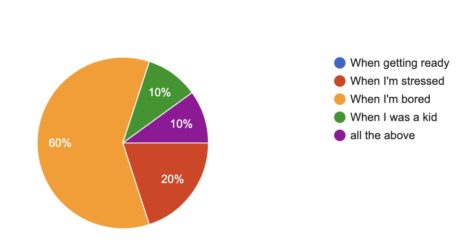
Every participant stated that cartoons relieve their stress. When asked, “Why do you watch cartoons?” Majority said they are fun, silly, funny, entertaining, nostalgic and worry free.
One Golden Valley student stated, “It’s nostalgic and it’s calming to watch things that don’t have complex story lines and to be able to watch simpler things.” Another student stated, “I think they’re funny and I watch them to bond with my little brother.”
It has become common for Gen Z to watch kids TV shows and cartoons to pass time. Cartoons bring calmness and allow teens to let go and remember their worry-free days. There are connections that can be made when watching the shows from connection to the story or the characters and even meeting new people that also know and love these shows.

Samantha Jewel Sandoval is a staff writer for the Arts, Media, & Culture News Team for The Grizzly Gazette for their senior year. She was born and raised in Los Angeles, California. They have always enjoyed animation, drawing, and especially singing/music. Sam has been in show choir for all of their four years of high school being the vice president and joined theatre last year.
They’re really excited and hopeful for their last year of high school and hoping to learn and write about so many different topics they believe light should be let on more in art and entertainment. She believes that without art, music, and stories there would be no joy in life. Samantha is passionate about anything art related and how the magic and beauty of art is created.
Being a journalist, is something new to them, but, she is hoping to share more art and creativity things in our world educating people on art, culture, entertainment, and how all of it is created.
Danellie McIntyre, or more commonly known as Nani, is a senior at Golden Valley. She’s a staff writer for the Arts, Media, and Culture Team. Nani was at Golden Valley during freshman year and was a soccer manager for the freshman girl soccer team. She joined Golden Valley during October in 2022.
Nani is passionate about covering music topics and books. She loves journalism due to the chance of covering things she is passionate about. It allows her to spread true news and entertaining topics. Writing gives Nani a sense of freedom.
Nani spends her free time reading, listening to music and playing video games such as Valorant. She is a social media manager for an escrow company and a dog sitter and walker. Nani enjoys concerts and traveling.

